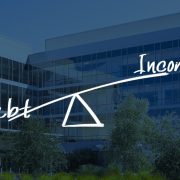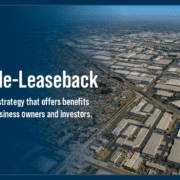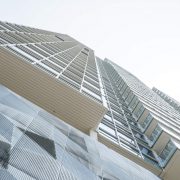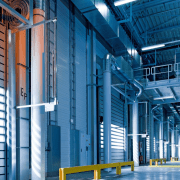Market Insights with Connor Weick
In this month’s Market Insights, Eric Northbrook speaks with Connor Weick, Senior Associate regarding the ever-changing office market.
What does the office market look like today?
San Diego is faced with an interesting office segment right now. We saw, in the beginning of COVID, a big step back from tenants in the market really deciding on what they wanted to do with their office space and although we never had the true feeling that office space was going to go away, we knew that there was going to be an evolution to that. What we ended up seeing is that office space isn’t dead but what companies have to do is they have to ultimately position themselves in a space that is going to attract their employees to come to the office, which typically means they have to have amenities, be in a centrally located area and make the work experience and culture better than what they have at home.
What are other uses for the office space in San Diego?
It’s no doubt the 10,000-pound elephant in the room is the life science push. There’s a big shift from the East Coast in Boston out to the west coast for life science. More specifically, in central San Diego in the Sorrento Mesa submarket, we’ve seen about 4 million square feet either come off the market or transitioning to come off the market and be converted into life science. Those buildings were previously used as traditional office space.
This push is led primarily by the big players, such as Alexandria and Longfellow. You’re seeing a lot of that play out through perimeter submarkets that are taking advantage of the displacement of tenants. There’s a supply crunch and that is ultimately leading to these perimeter markets becoming beneficiaries to those centrally located submarkets.
What are rates looking like in the office sector?
Rates are increasing. With the CPI at 7% in December of 2021, it’s no doubt that inflation is here and it’s not as transitory as we once thought it was going to be. Landlords are pushing rates but more intricately, they’re holding and pushing on annual increases for tenants.
In submarkets that previously saw 3% increases, you’re now seeing three and a half percent increases. More specifically, core markets that might see 4% increases like UTC. Irvine company who leads the charge with about 60% of the market share for office is staying firm on four and a half percent increases across the board.









